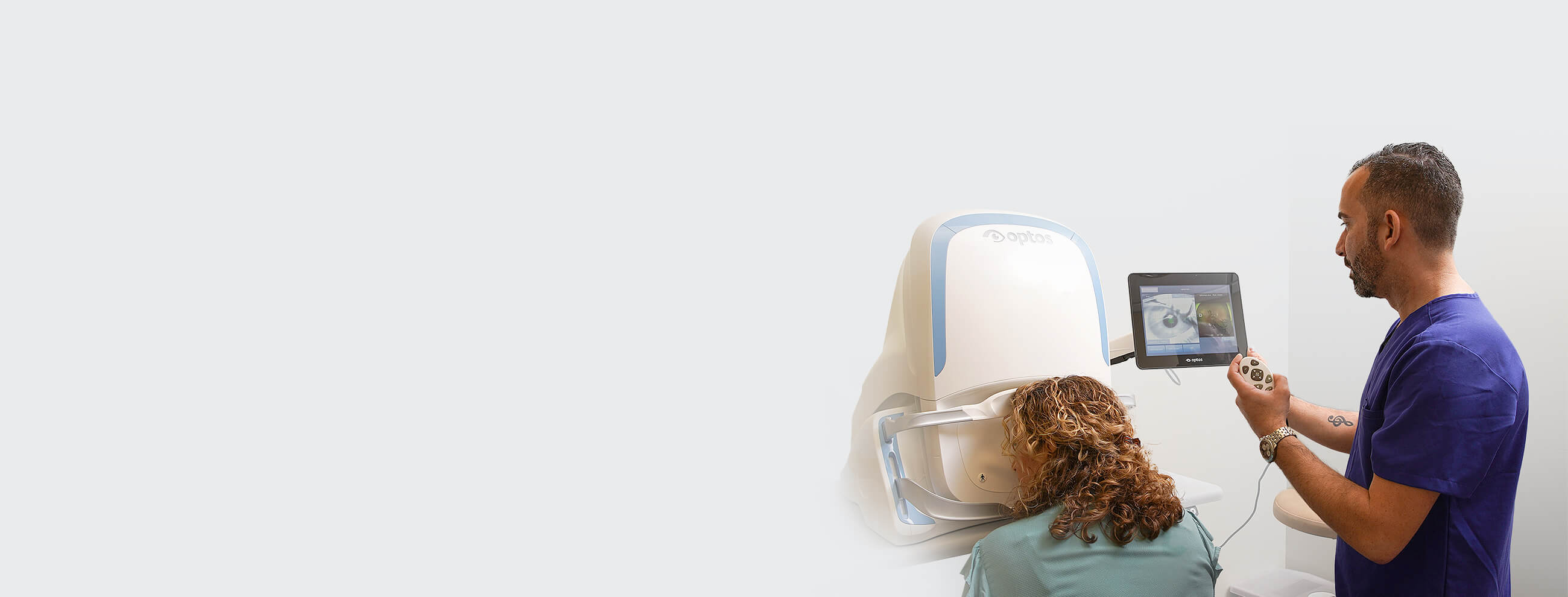Eye Injections
Intravitreal Injections: Avastin, Eylea, Lucentis, and Beovu
An intravitreal injection is a procedure in which anti-vascular endothelial growth factor (anti-VEGF) medication is injected directly into the vitreous gel located inside the eye. Intravitreal injections are one of the most common types of treatment for various retinal and macular diseases, including diabetic retinopathy, retinal vascular disease, and wet age-related macular degeneration (AMD). The most well-known anti-VEGF medications that are currently used to treat retinal and macular conditions are Avastin (bevacizumab), Eylea (aflibercept), Lucentis (ranibizumab), and Beovu (brolucizumab-dbll).
Anti-VEGF medications help slow the process of retinal neovascularization, which is when abnormal blood vessels begin to form in the retina. These abnormal blood vessels leak fluid and bleed, which accumulates under the retina and macula, causing a wide range of vision problems and visual distortions. These medications reduce or halt neovascularization by inhibiting proteins that trigger blood vessel growth.
Intravitreal injections are administered on an in-office basis using a very fine needle to deliver the anti-VEGF medications directly into the eye. Before injection, the eye(s) are sterilized using eye drops and treated with anesthesia.
Avastin, Eylea, Lucentis, and Beovu all perform in similar ways and have been successfully used to preserve and improve vision for many patients.
Other Intravitreal Injections: Ozurdex, Iluvien, and Triesence
Steroid medications like Ozurdex (dexamethasone intravitreal implant), Iluvien (fluocinolone acetonide intravitreal implant), and Triesence (triamcinolone acetonide) can also be injected directly into the vitreous gel inside the eye – or even into the tissue surrounding the eye – to help treat swelling within the eye caused by diabetes, vein occlusions, or uveitis. These block the inflammatory pathway locally, usually without systemic effects.
Your doctor will determine which medication is best for your particular condition in order to yield the best possible outcomes.


